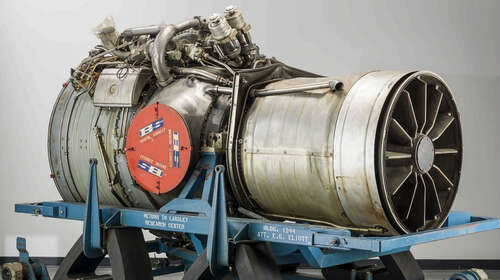
In the early 1950s, after World War II, the North Atlantic Treaty Organization (NATO) set out to address the potential vulnerability of the Allied Forces’ airfields. This would direct the powers to progress what was known as the Mutual Weapons Development Program (MWDP). This initiative sought to progress a lightweight engine to power an advanced fighter jet capable of taking off and landing with limited runway space, or, as it would be later designated, VSTOL (vertical/short takeoff and landing).
The earliest engine capable of vertical takeoff took place as early as 1954, with the Rolls-Royce Thrust Measurement Rig, better known as the Flying Bedstead. However, that aircraft was incredibly light relative to a fighter jet, was not a military attack aircraft, and lacked horizontal propulsion.
The first iteration of a useable VSTOL jet engine was dubbed the Bristol BE25 Orion, developed in 1956 by the French aircraft designer Michel Wibault and only had around 8,000 horsepower. These initial designs would be sent by the MWDP in Paris to Dr. Stanley Hooker at The Bristol Aeorplane Company in the U.K., which initially manufactured the first few prototypes of what would eventually go on to be the Pegasus.

